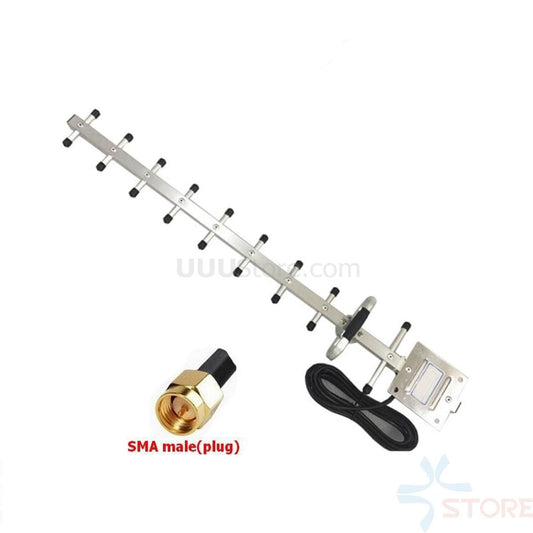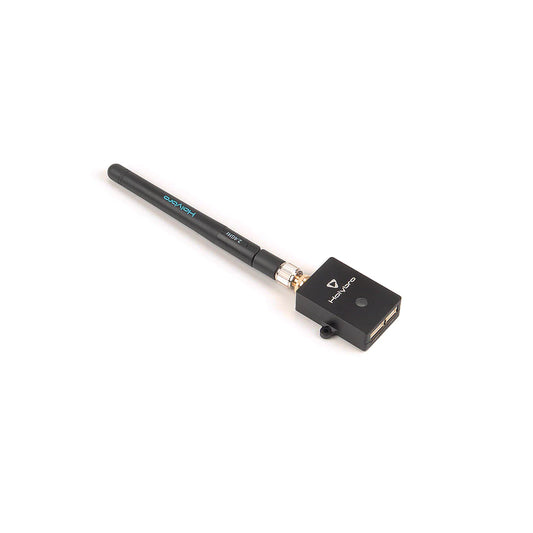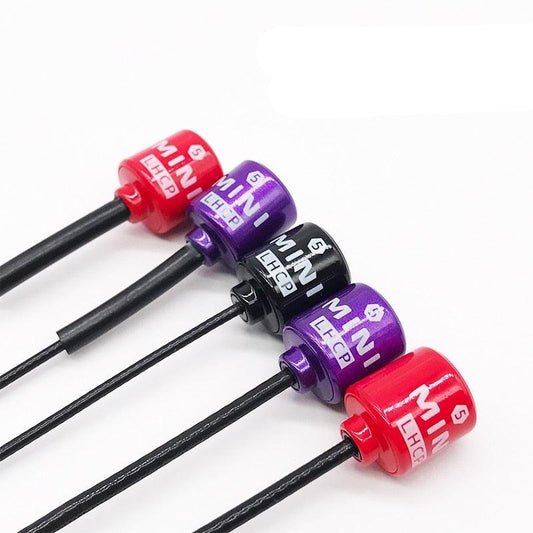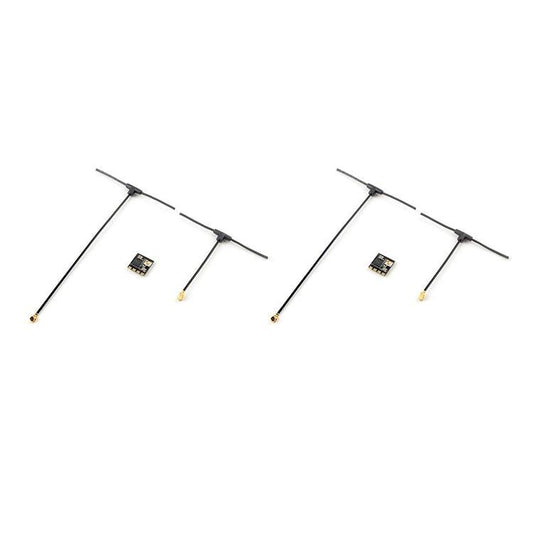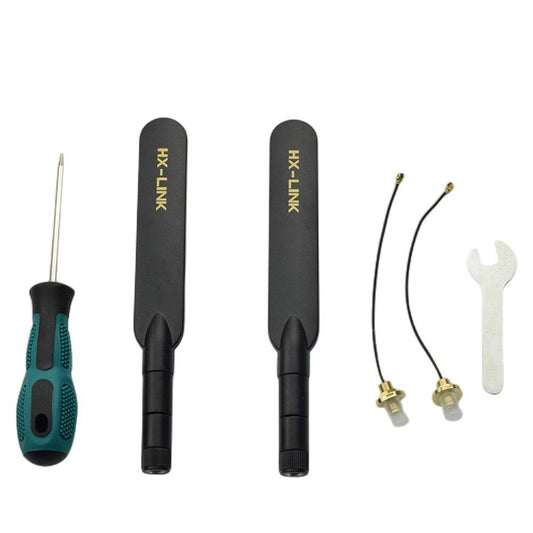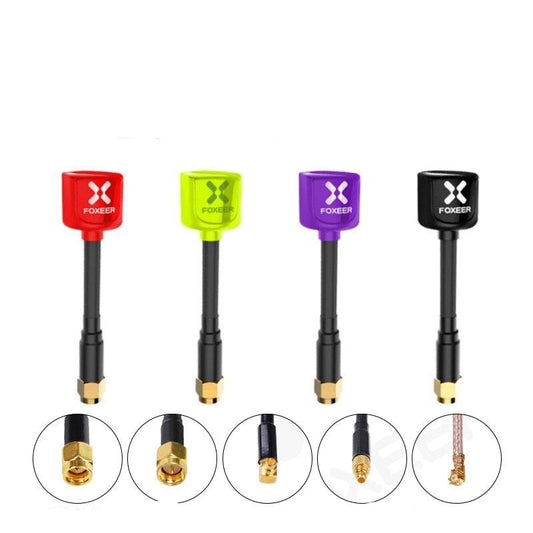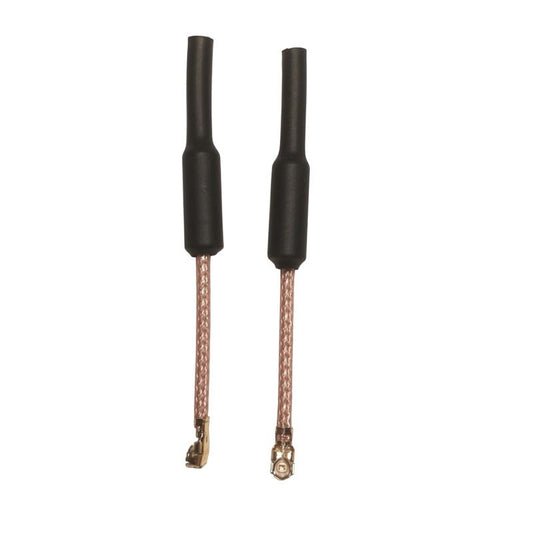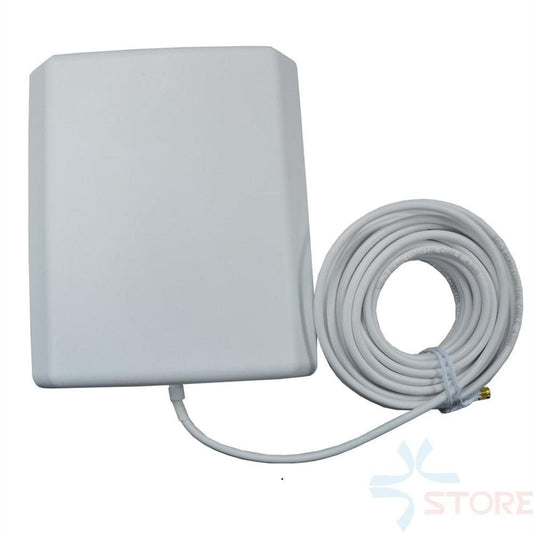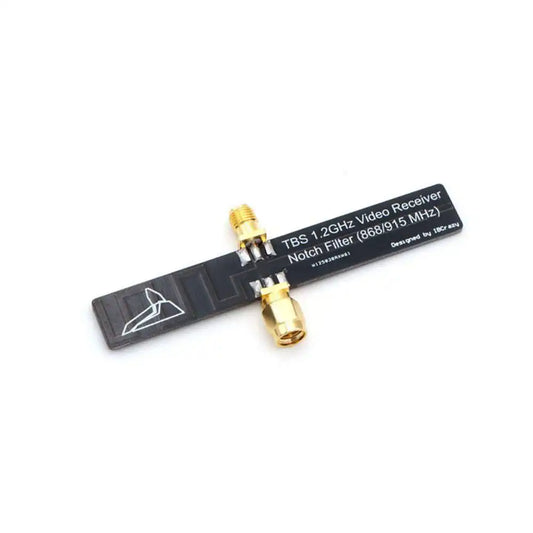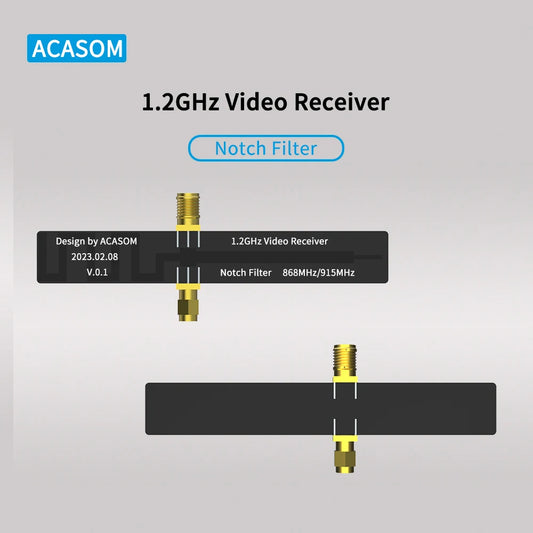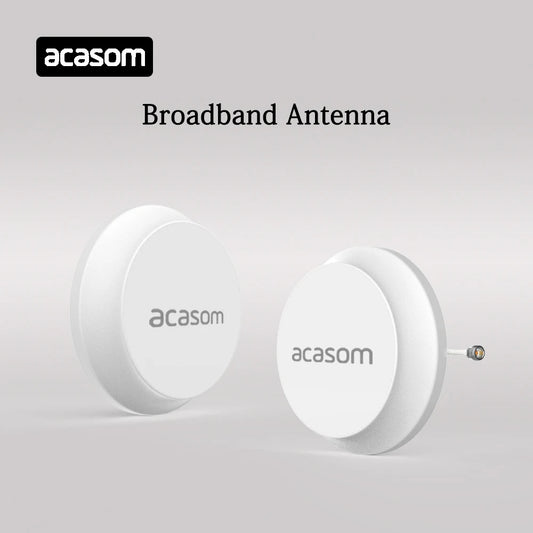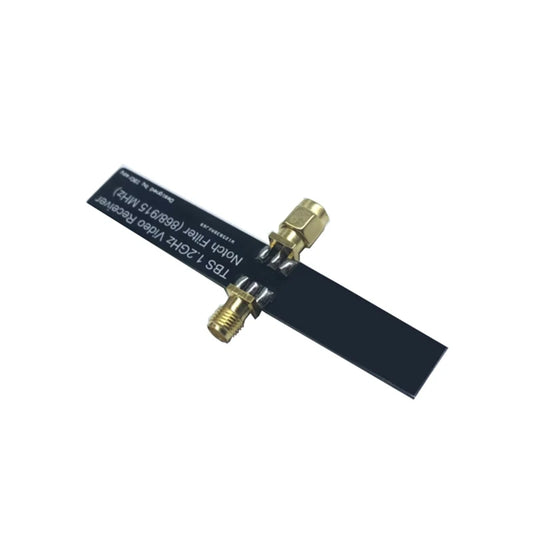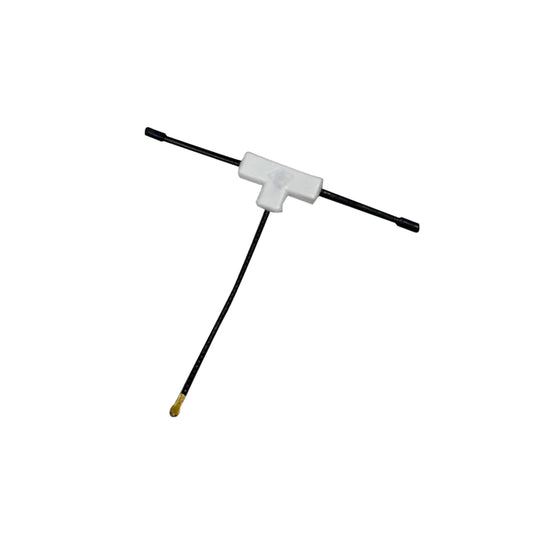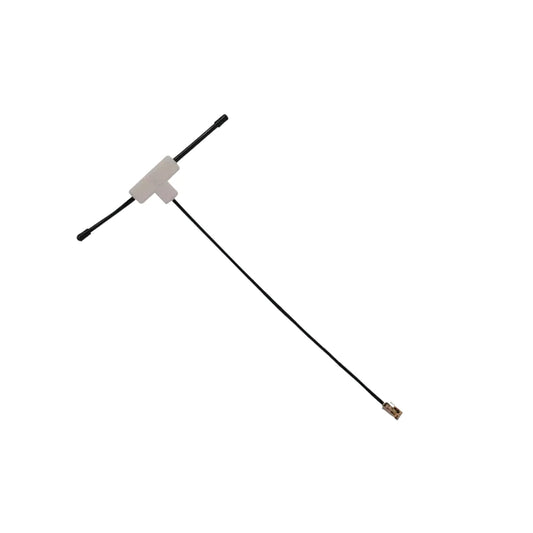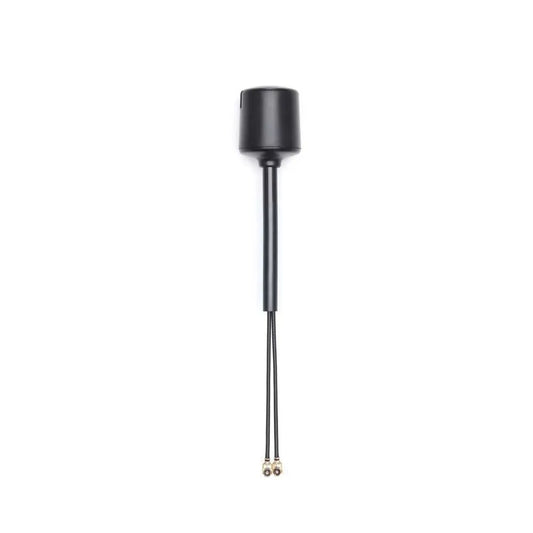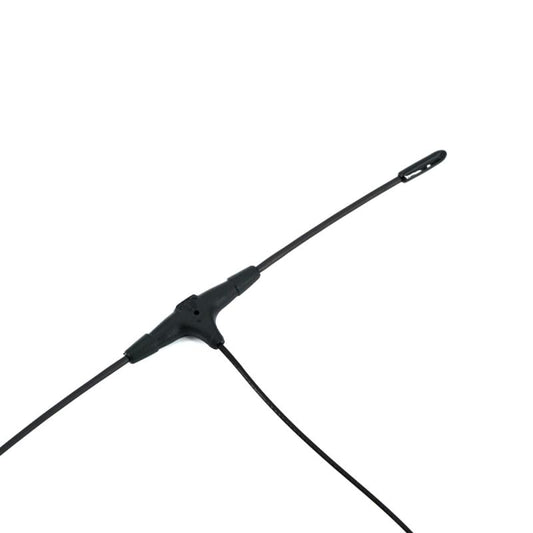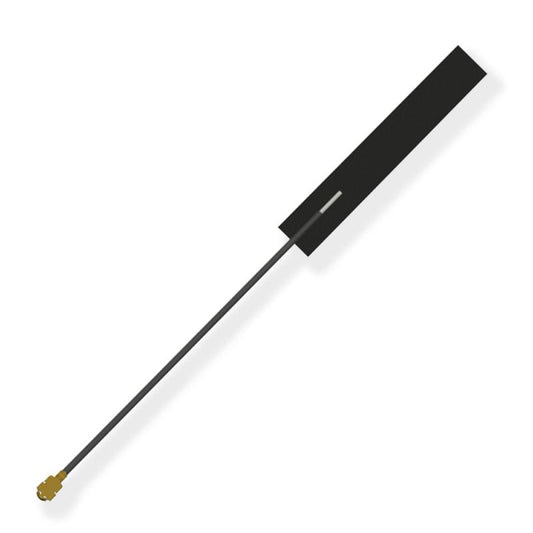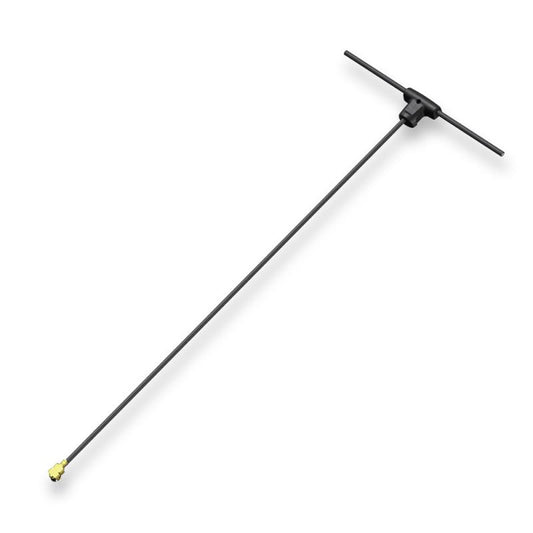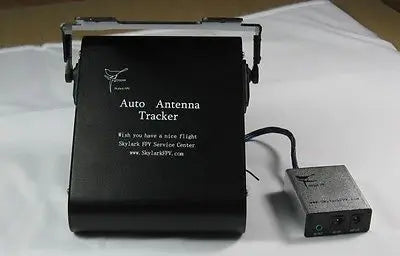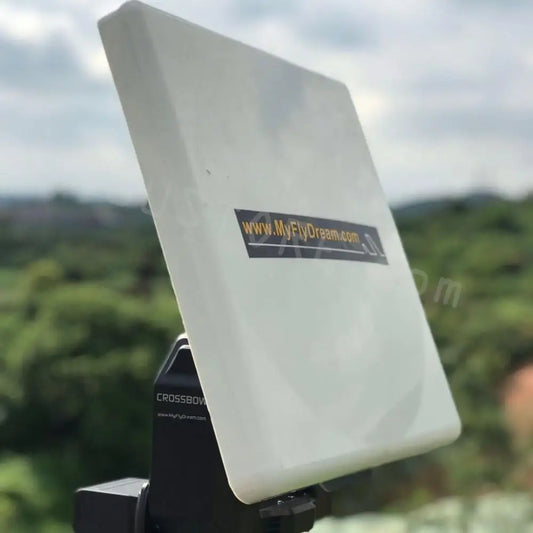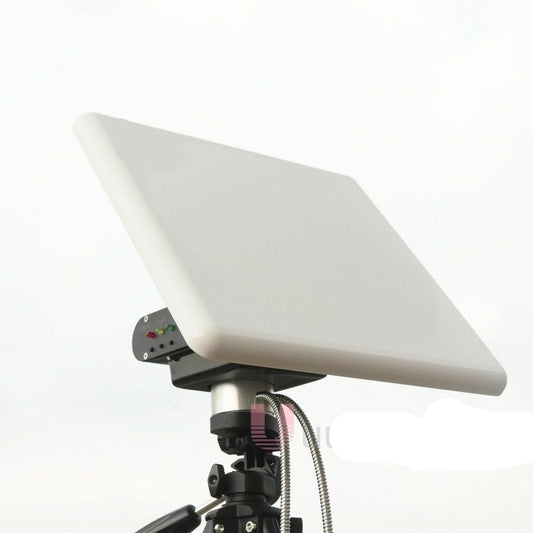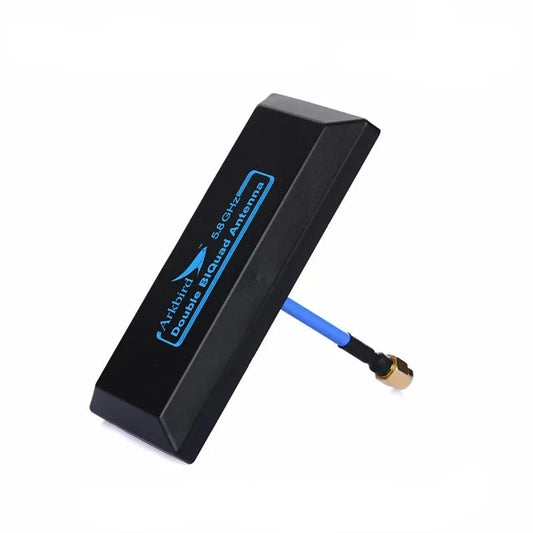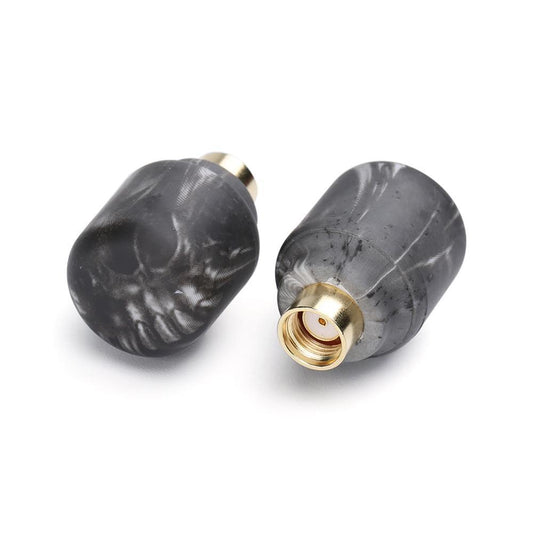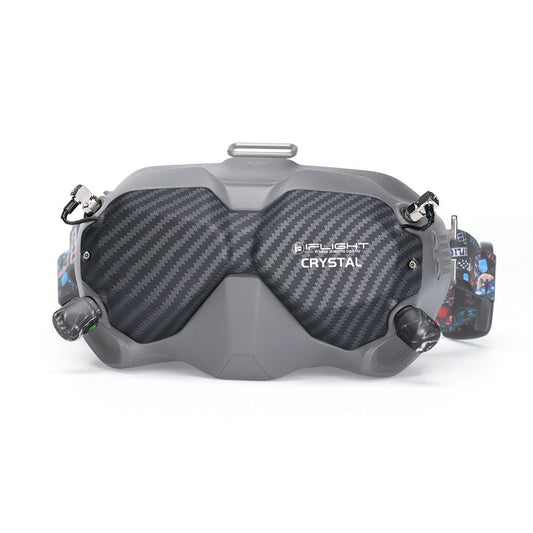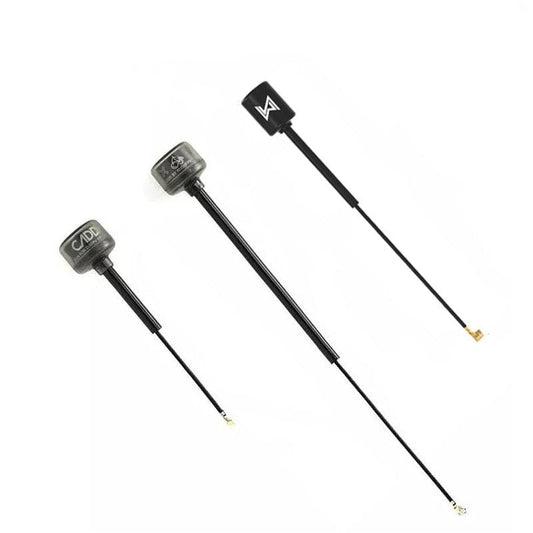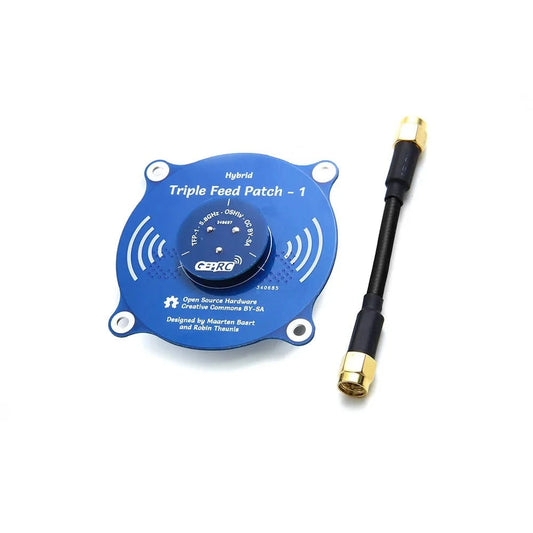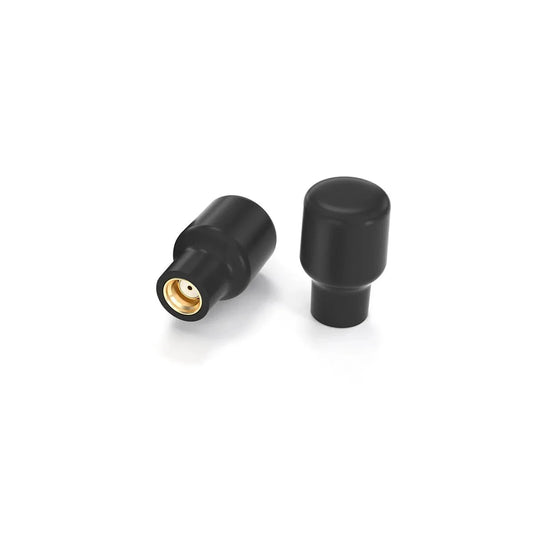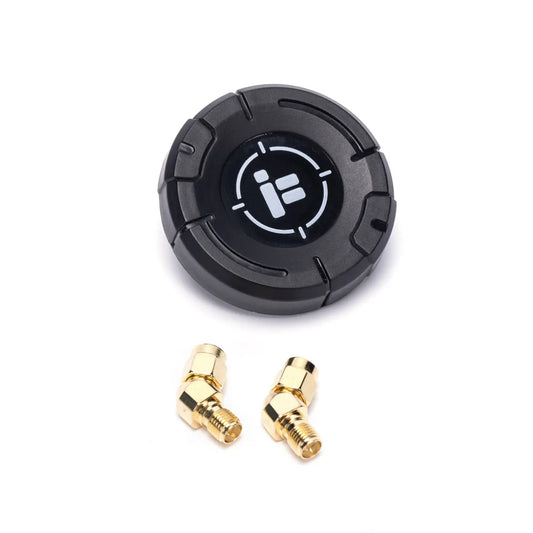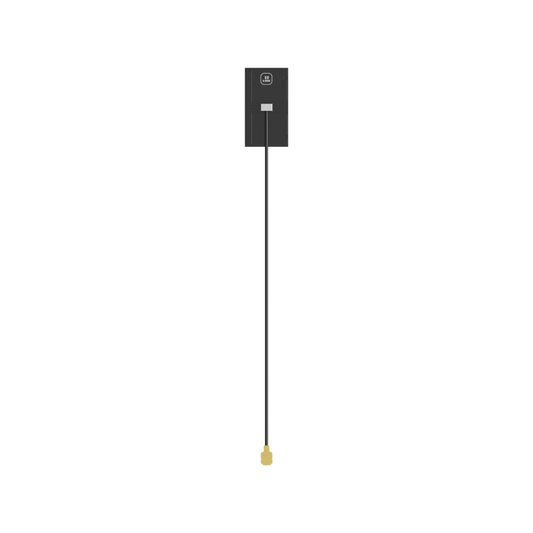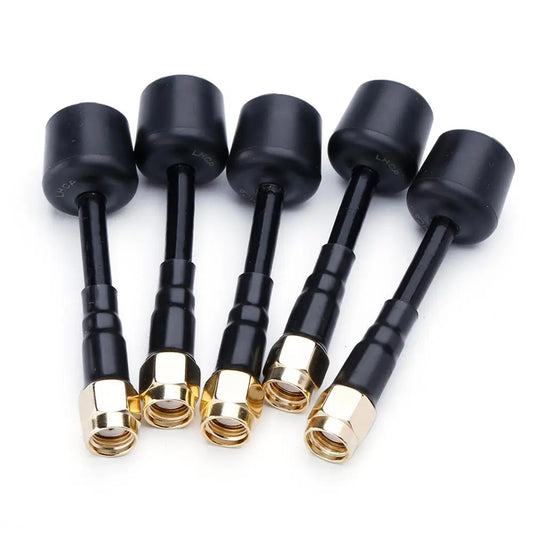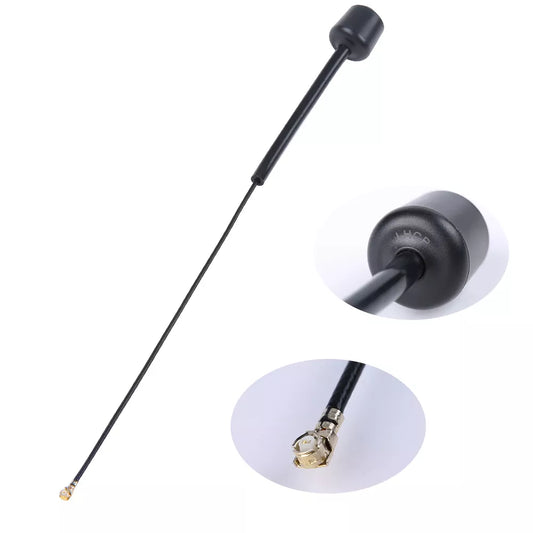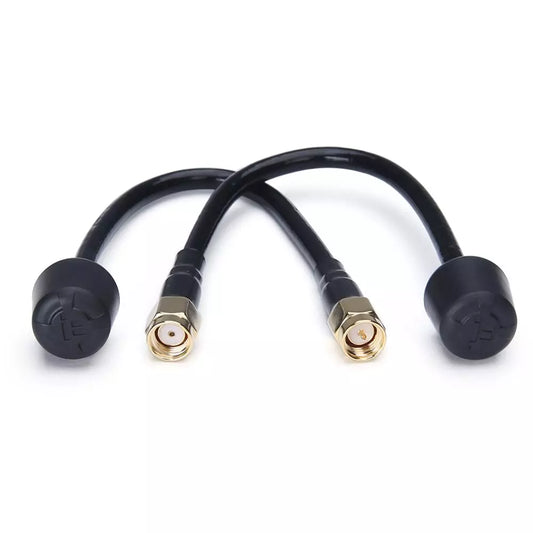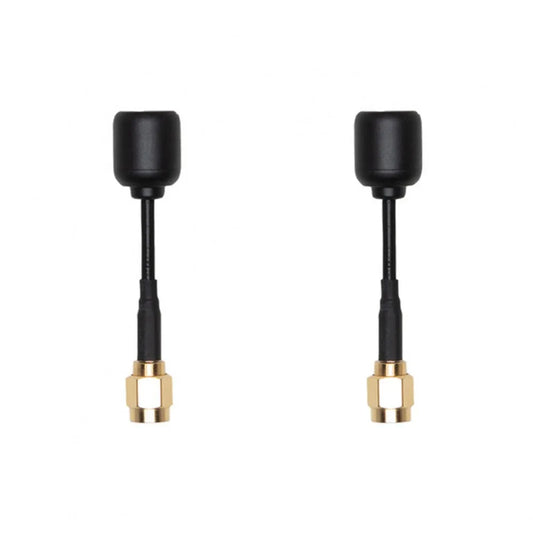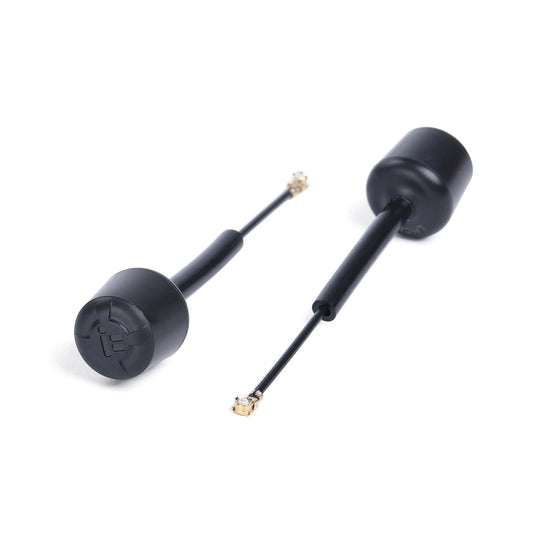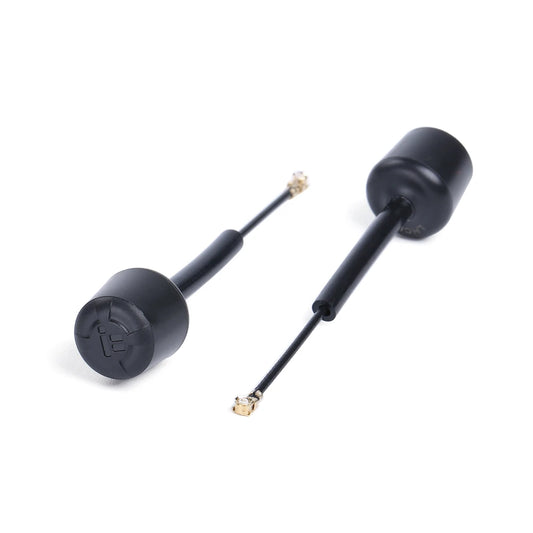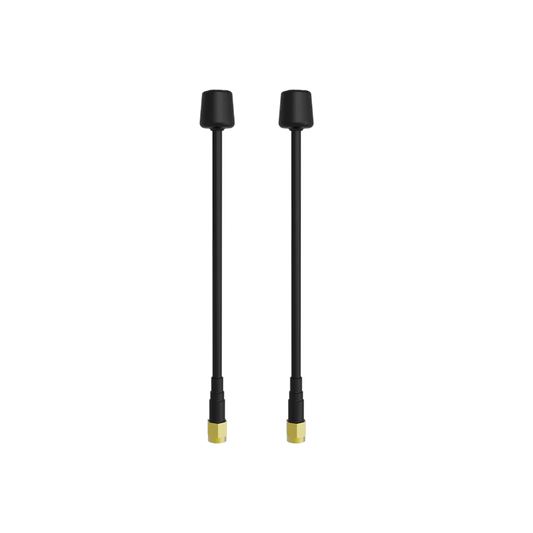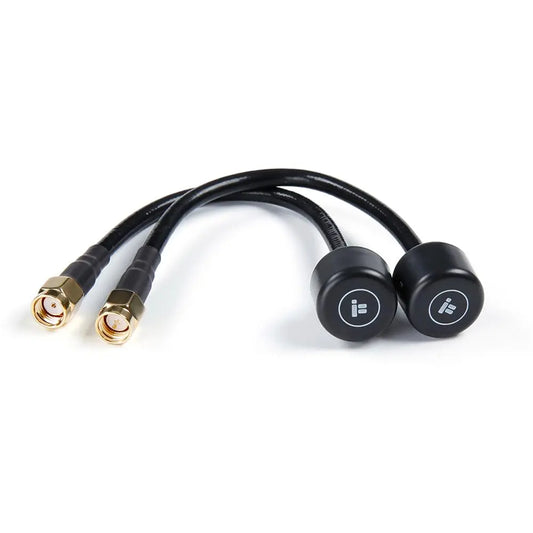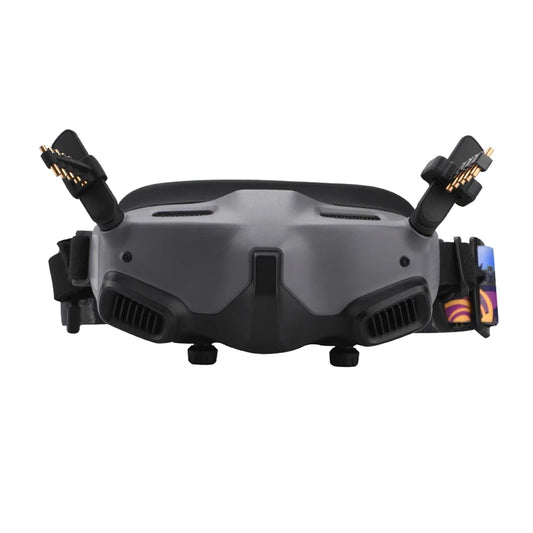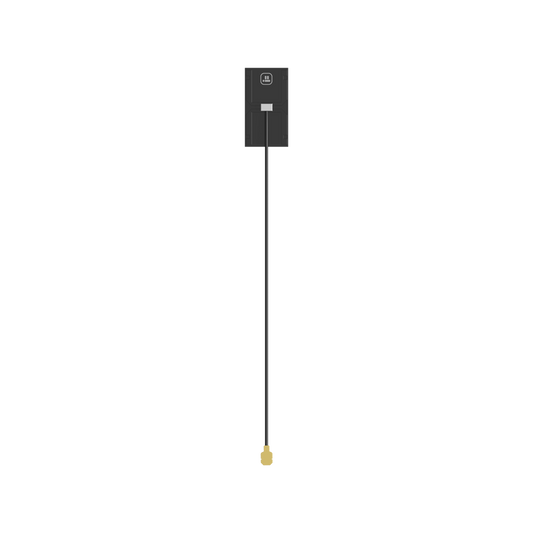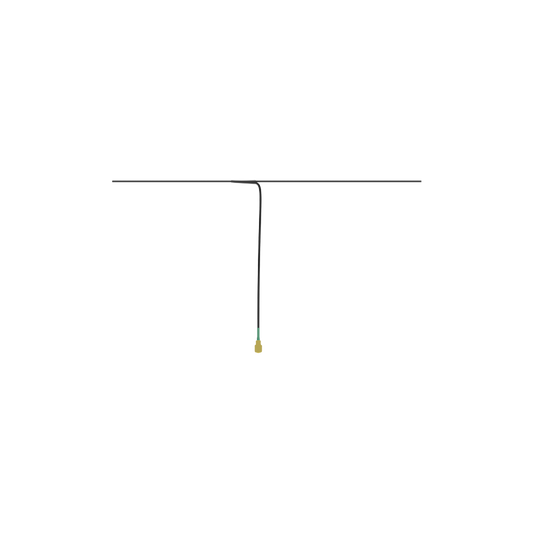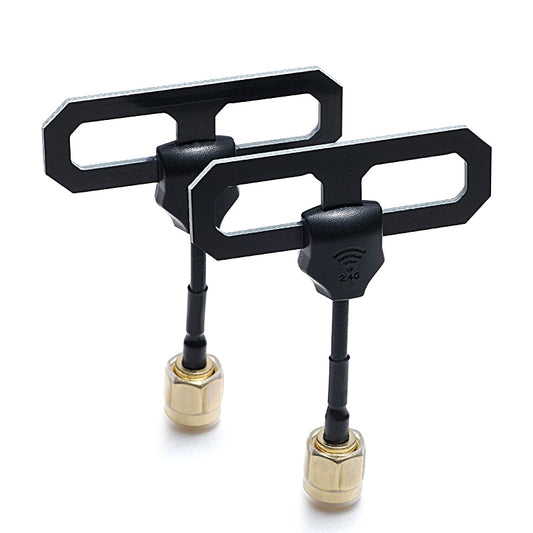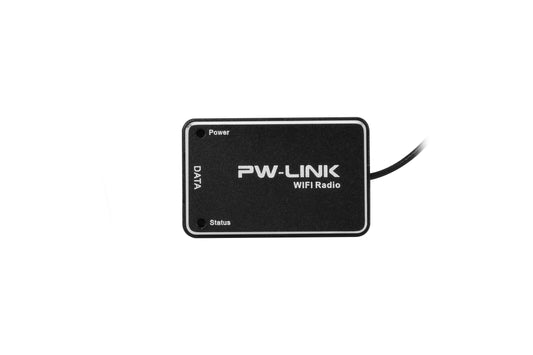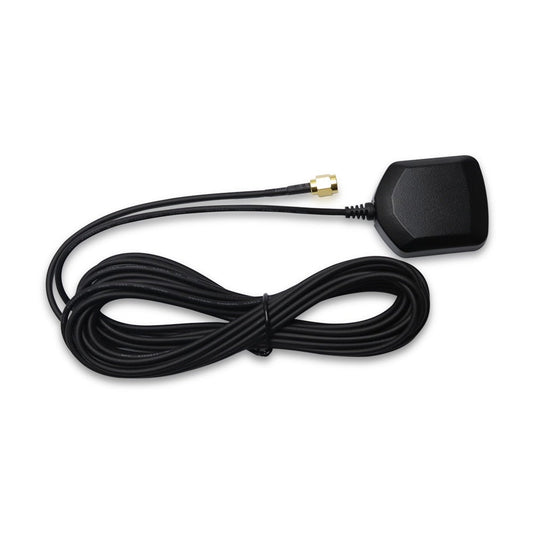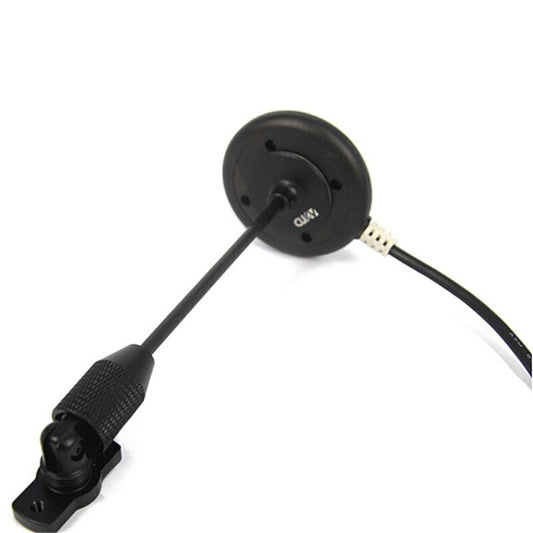-
1.2 1.3 GHz 13dBi YAGI Beamed Directional Antenna 1.3G High Gain FPV Antenna for 1.2Ghz Video Receiver
Regular price $67.13 USDRegular priceUnit price per$100.70 USDSale price $67.13 USDSale -
Holybro Remote ID Module
Regular price From $25.00 USDRegular priceUnit price per -
Short 5.8G Lollipop 5 LHCP Antenna High Gain 2.8Dbi SMA/UFL(IPEX)/MMCX for Caddx VISTA Digital HD DJI Air Unit FPV System Drone
Regular price $12.41 USDRegular priceUnit price per$24.82 USDSale price $12.41 USDSale -
HappyModel ExpressLRS ELRS 2.4G RX SX1280 Nano Long Range Receiver PP EP1 EP2 RX EP1 TCXO/EP2 TCXO 10X10mm for RC Airplane
Regular price From $14.31 USDRegular priceUnit price per$28.62 USDSale price From $14.31 USDSale -
2000M Signal Booster for DJI Mavic Air / Mini / Pro / Spark Drone Dual-frequency Omnidirectional Antenna Booster Range Extender
Regular price From $22.70 USDRegular priceUnit price per$38.58 USDSale price From $22.70 USDSale -
Foxeer Lollipop 3 Micro Lollipop V4 Omni 5.8G 2.5dBi Antenna RHCP MMCX Right Angle Straight RHCP UFL Super Mini For RC FPV Drone
Regular price From $21.23 USDRegular priceUnit price per$36.09 USDSale price From $21.23 USDSale -
5.8GHz FPV Brass Dipole Antenna CERXUS 3dbi Omni Directional Micro AIO Camera Quadcopter IPEX Port 5mm Length For Drone Mini VTX
Regular price From $11.53 USDRegular priceUnit price per$23.05 USDSale price From $11.53 USDSale -
0.8G 0.9G 1.2G 1.3G 14dbi panel antenna transmitting antena For Video transceiver FPV antenna repeater
Regular price $38.34 USDRegular priceUnit price per$57.51 USDSale price $38.34 USDSale -
TBS 1.2GHz VRX Notch Filter (868/915 MHz) improves video reception for 1.2-1.3GHz video receivers in combination TBS Crossfire
Regular price $17.34 USDRegular priceUnit price per$24.27 USDSale price $17.34 USDSale -
Compatible TBS 1.2GHz 1.3GHz VRX Notch Filter (868/915 MHz) improves video reception for 1.2-1.3GHz video receivers
Regular price $18.75 USDRegular priceUnit price per$26.25 USDSale price $18.75 USDSale -
2.4GHz 5.8GHz WiFi6 WiFi6E Indoor Ceiling Antenna 2000-6000MHz Wideband Frequency
Regular price From $15.00 USDRegular priceUnit price per$21.00 USDSale price From $15.00 USDSale -
Filter (868/915 Mhz) Tbs 1.2Ghz Notch Fpv 1.3G Picture Transmission Vrx Notch Filter
Regular price $6.25 USDRegular priceUnit price per$9.38 USDSale price $6.25 USDSale -
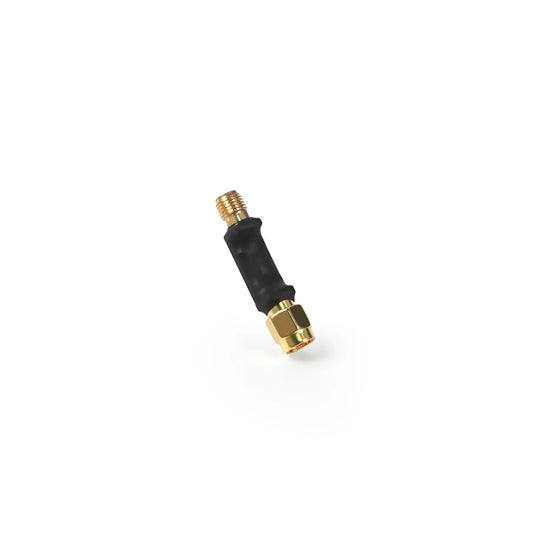
GEPRC 1.2G VTX Filter SMA Anti-interference Signal Quality Improved SMA Port Antenna End Filter
Regular price $15.45 USDRegular priceUnit price per$21.63 USDSale price $15.45 USDSale -
ImmersionRC Ghost qT Antenna for Zepto
Regular price $15.00 USDRegular priceUnit price per -
qT Antenna for ImmersionRC Ghost Atto - 2.4GZ ISM Frequency 90mm 150mm 200mm Cable Length
Regular price $15.00 USDRegular priceUnit price per -
DJI O3 Air Unit Antenna
Regular price $25.00 USDRegular priceUnit price per -
TBS Crossfire Antenna Series Immortal T Antenna V2 Extended / Stock Tx V2 Antenna / Immortal T V2 Antenna/ Micro Rx Antenna / Stock Tx Antenna / Tuned TX 90DEG Antenna
Regular price From $6.90 USDRegular priceUnit price per -
TBS Tracer Flex Dipole Rx Antenna / Peter The Penetrator Tracer Tx Antenna / TBS Tracer Immortal T Antenna / Tracer Sleeve Dipole Rx Antenna / Monopole Rx Antenna
Regular price $8.90 USDRegular priceUnit price per -
TBS Tracer Immortal T Antenna Extended
Regular price $8.90 USDRegular priceUnit price per -
Skylark AAT Auto Antanna Tracker IV w/Compass Bluetooth for FPV (Latest Version)
Regular price $406.51 USDRegular priceUnit price per$487.81 USDSale price $406.51 USDSale -
MyFlyDream Crossbow Automatic Antenna Tracker heavy duty AAT for UAV on-board antenna system
Regular price $3,206.28 USDRegular priceUnit price per$3,847.54 USDSale price $3,206.28 USDSale -
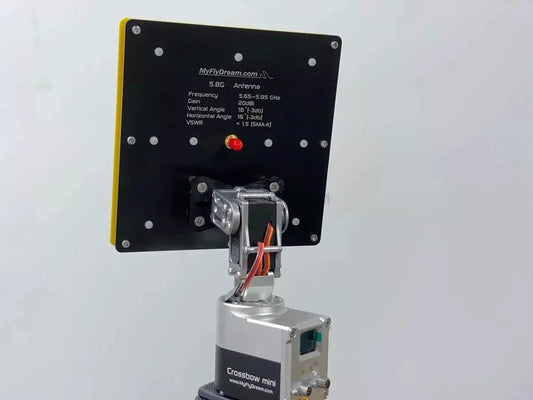
MyFlyDream MFD 5.8GHz 20dBi High Gain FPV Antenna With SMA-J / RP-SMA Cables for Long Range Airplane
Regular price $127.02 USDRegular priceUnit price per$165.13 USDSale price $127.02 USDSale -
5.8G Long Range FPV Antenna - 5.8ghz 23dB High Gain Flat Panel Antenna With RP-SMA Extend Cable for FPV System DJI Gopro
Regular price $96.28 USDRegular priceUnit price per$125.17 USDSale price $96.28 USDSale -
Arkbird High Gain 5.8G Antenna - 5.8GHZ Double Biquad Antenna for Long Range FPV/ WiFi Antenna -12DB (RP-SMA) For transmitter and receiver
Regular price $29.10 USDRegular priceUnit price per$37.82 USDSale price $29.10 USDSale -
2pcs/1pair iFlight Crystal LHCP RP-SMA Short Stubby Omni Antennas for Digital FPV Goggles
Regular price $24.02 USDRegular priceUnit price per$40.84 USDSale price $24.02 USDSale -
iFlight Crystal HD Patch 5.8GHz Directional Antenna Protective Shell with Crystal LHCP Short Omni Antenna for FPV Goggles
Regular price From $57.77 USDRegular priceUnit price per$86.65 USDSale price From $57.77 USDSale -
Caddx VISTA Polar Nebula Digital HD FPV System Replacement 5.8G FPV Antenna 80/105/150mm IPEX LHCP FPV Antenna For Rc drone Part
Regular price From $17.43 USDRegular priceUnit price per$34.86 USDSale price From $17.43 USDSale -
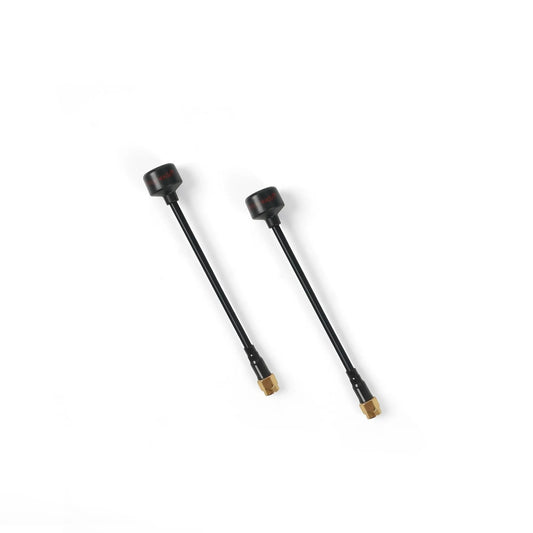
GEPRC Momoda 5.8G Antenna - LHCP RHCP Version Long Range Connector for FPV Drone Racing Quadcopter
Regular price $17.84 USDRegular priceUnit price per$24.97 USDSale price $17.84 USDSale -
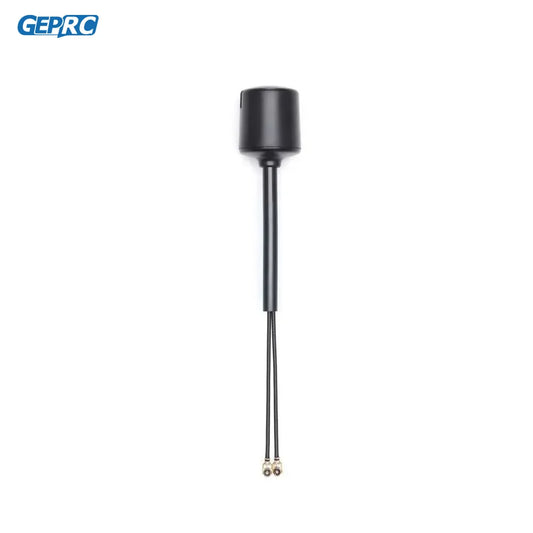
D JI O3 Air Unit Digital Image Transmission Module Antennas - Length 85mm Equipped UFL RC FPV Drones
Regular price $22.59 USDRegular priceUnit price per$31.62 USDSale price $22.59 USDSale -
GEPRC Triple Feed Patch-1 5.8G 9.4DBI Circular Polarized FPV Antenna for RHCP LHCP for RC Fatshark Skyzone FPV Goggle DIY
Regular price $17.05 USDRegular priceUnit price per$23.87 USDSale price $17.05 USDSale -
Walksnail Avatar FPV Digital Goggles Replacement Redbird Antenna
Regular price From $19.81 USDRegular priceUnit price per$27.74 USDSale price From $19.81 USDSale -
iFlight Pigeon Patch FPV Antennad LHCP/RHCP with 2PCS adapter SMA / RP-SMA 5.5GHz-5.9GHz Polarization Directional 9dBi Gain
Regular price $24.64 USDRegular priceUnit price per$32.03 USDSale price $24.64 USDSale -
iFlight Defender 25 Micro Receiver Antenna - with ELRS 2.4GHz / ELRS 868MHz/915MHz / VTX Antenna with Landing Skids for FPV parts
Regular price From $9.97 USDRegular priceUnit price per$14.95 USDSale price From $9.97 USDSale -
2pcs iFlight Albatross LHCP/RHCP 5.8GHz RHCP SMA/LHCP RP-SMA/RHCP RP-SMA FPV Antenna with 45mm cable for FPV drone part
Regular price $18.21 USDRegular priceUnit price per$25.50 USDSale price $18.21 USDSale -
iFlight 5.8G 170mm Albatross Antenna - LHCP ipex / RHCP MMCX 90° for ProTek35 HD / ProTek35 Analog FPV parts
Regular price From $10.55 USDRegular priceUnit price per$15.83 USDSale price From $10.55 USDSale -
2pcs iFlight Albatross 5.8GHz 3Dbi 5000-6000MHz 150mm RHCP / LHCP RP-SMA / SMA FPV Antenna for FPV drone part
Regular price $17.80 USDRegular priceUnit price per$24.92 USDSale price $17.80 USDSale -
2pcs/1pair DJI FPV Air Unit Antenna LHCP RP-SMA
Regular price $20.18 USDRegular priceUnit price per$28.25 USDSale price $20.18 USDSale -
iFlight Albatross 5.8GHz 60mm LHCP FPV Antenna ipex for Alpha A85 HD Whoop part
Regular price From $11.07 USDRegular priceUnit price per$16.61 USDSale price From $11.07 USDSale -
iFlight Albatross 5.8GHz 75mm LHCP FPV Antenna ipex for IH2 HD/Alpha 75HD drone part
Regular price From $11.07 USDRegular priceUnit price per$16.61 USDSale price From $11.07 USDSale -
2pcs iFlight Albatross 5.8GHz RHCP SMA / LHCP RP-SMA 100mm Antenna for FPV drone part
Regular price From $20.93 USDRegular priceUnit price per$29.30 USDSale price From $20.93 USDSale -
2pcs iFlight 150mm 5.8GHz 2.0Dbi SMA RP-SMA RHCP black FPV Antenna for FPV drone part
Regular price $16.19 USDRegular priceUnit price per$22.66 USDSale price $16.19 USDSale -
For DJI Avata Goggles 2 Flight Glasses Yagi Antenna Amplifier - Signal Booster Distance Range Extender Drone Accessories
Regular price From $6.25 USDRegular priceUnit price per$9.38 USDSale price From $6.25 USDSale -
iFlight Defender 25 VTX Antenna
Regular price From $12.90 USDRegular priceUnit price per -
iFlight Defender 25 Micro Receiver Antenna
Regular price From $9.90 USDRegular priceUnit price per -
2.4G 4.18DBI T Antenna Long Range Replacement for ExpressLRS - 2.4G TX Module RC FPV Drone Remote Controller Transmitter
Regular price $9.37 USDRegular priceUnit price per$18.74 USDSale price $9.37 USDSale -
CUAV PW-LINK Wifi Telemetry Module External Antenna
Regular price $41.30 USDRegular priceUnit price per$61.96 USDSale price $41.30 USDSale -
CUAV U-blox ANN-MS Single Frequency C-RTK Lengthened Extension Antenna RC Multi-axis Drone Flight Control Combo
Regular price $43.15 USDRegular priceUnit price per$64.73 USDSale price $43.15 USDSale -
CUAV New Plastic GPS Antenna Stand Mount - Folding Seat Base Foldable Bracket Holder DIY Drone FPV Quadcopter Multirotor
Regular price $18.88 USDRegular priceUnit price per$37.75 USDSale price $18.88 USDSale
